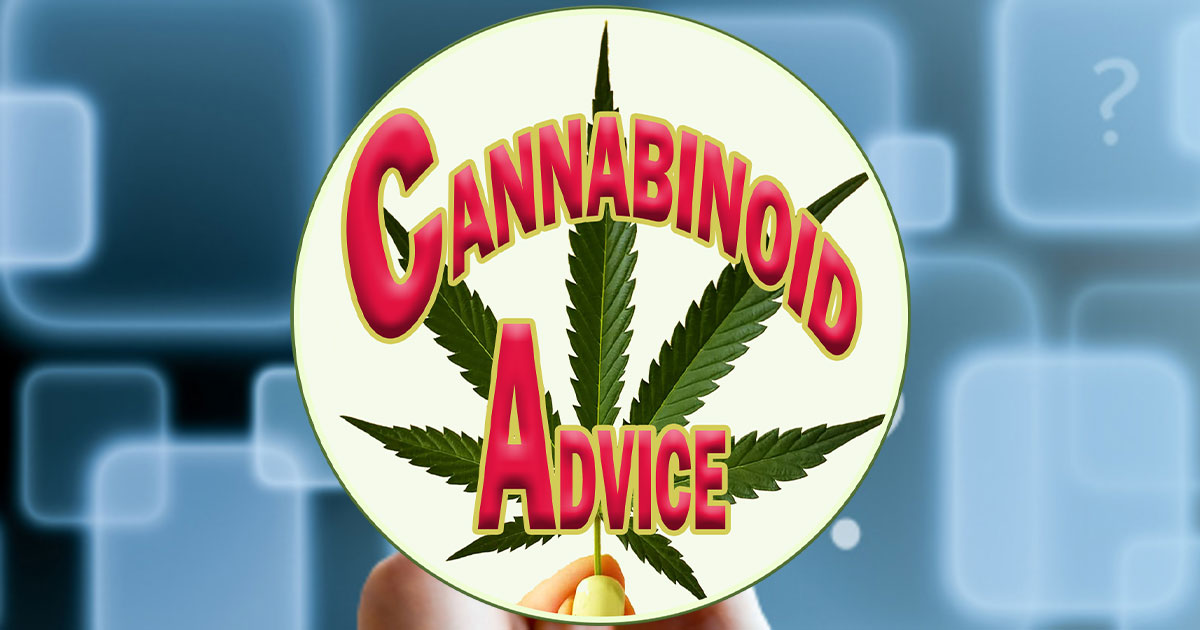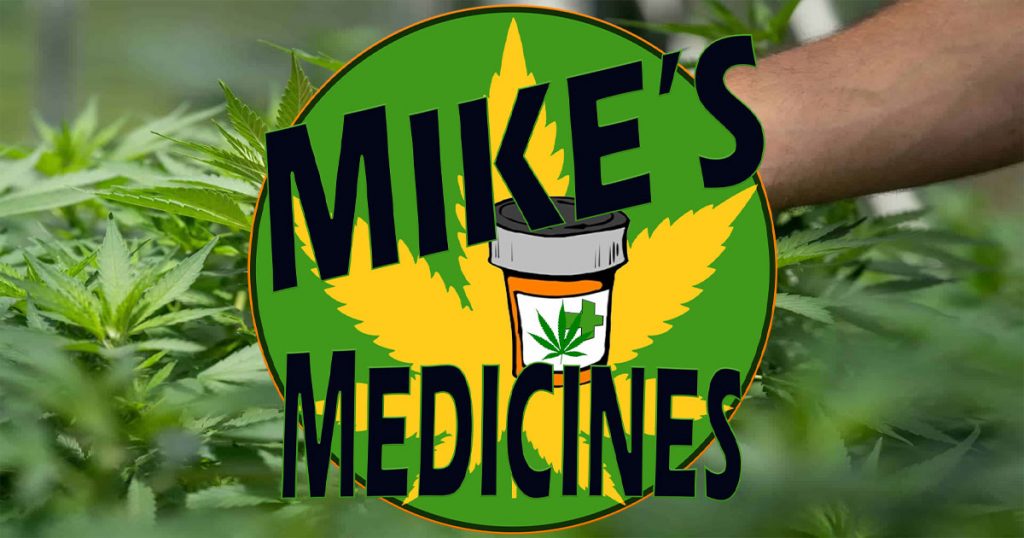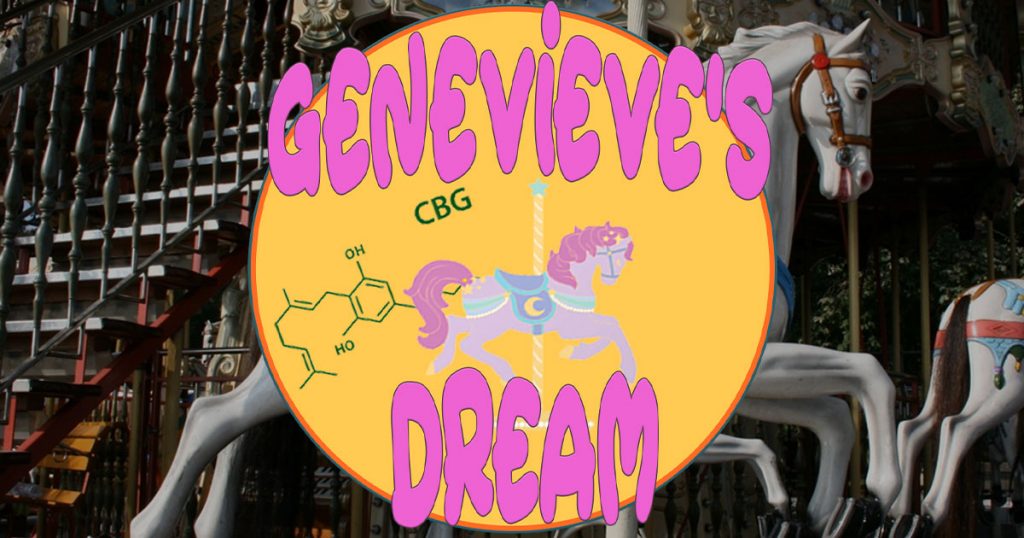An Autism Mom speaks out about Cannabinoid Medicine from her professional standpoint:
By: Nurse Janna Champagne, RN, BSN, Holistic Nurse & Warrior ASD Mama
In the Autism Parent community, word spreads fast. If you’ve been paying attention, you’ve surely heard the stories about seemingly miraculous results from a parent who discovered cannabis for their ASD child. I’m one of those parents, and can personally vouch for the extreme positive potential of this most controversial herb. (Disclaimer: Legally accessed and administered)
As a holistic nurse focused on natural alternatives to pharma, residing in a cannabis-legal state, learning how best to apply medical cannabis therapy was a logical decision for me. Cannabis quickly became a major life passion, as this amazing plant was integral in saving my own ASD teen daughter from out-of-home placement. I thought of doing what many consider unthinkable
(foster placement), due to safety concerns when my daughter suffered a major puberty crisis, with high-level behaviors including self-injury, aggressive rages, and property destruction. I can attest: there’s nothing more helpless than watching your child suffer to the extent of injuring themselves and others in a blind rage. The trauma of puberty crisis is experienced by an estimated 50% of Autism families and is, therefore, an exceedingly common presentation during many a child’s coming-of-age (1). Having been there myself, I completely empathize and offer hope of resolution upon connecting with kindred ASD parents. After recovering my own daughter from her ASD puberty crisis, my resulting passion turned our trauma into a purpose; to help other families.
I’ve since personally guided many ASD parents through the optimal application of cannabis therapy. For most, it has provided safe and effective relief and eased their family crisis. As an added bonus, many using cannabis have successfully
weaned off harmful mental health pharmaceutical medications, some of which have permanent side effects (google extrapyramidal symptoms, not a good scenario). *Disclaimer: I highly recommend medical oversight for pharmaceutical weaning.* The only shame of this process is how many parents don’t consider cannabis therapy until every other option to manage
their ASD child is completely exhausted. No judgment by the way. It’s a lack of education about cannabis that prevents consideration of this safe and effective option. Now that word is spreading, many parents are using cannabis as a crisis prevention strategy (sometimes well before puberty), and the ASD Biomed treatment adage “the earlier the better” certainly seems to
apply.
I want to be clear that the goal of medical cannabis use for ASD isn’t for parents to get their kids “high” to mellow them out. Instead, the goal is to improve internal balance and optimize function, through individualized micro-dosing and experimenting to find the “sweet spot” titration. The experimentation process is needed because individual cannabinoid needs vary greatly. With successful medicinal cannabis titration, even with the use of psychotropic components such as THC, a “high” is rarely discernible.
Now, for the science supporting cannabis therapy for Autism. First and Foremost: Endocannabinoid Deficiency Predisposes Autism (2). Read that a few times and let it sink in for a minute. For those who are brand new to the Endocannabinoid System (ECS), think of it as the motherboard that manages the interactions within and between our body’s organ systems. The role of the endocannabinoid system is homeostasis or maintaining balance throughout the rest of the body. In response to an imbalance, the ECS will intelligently rebalance what’s out of skew. This includes some important areas for treating ASD such as neurotransmitter balance, immune modulation, and mitigating inflammation (3). In fact, one cause of ASD is genetic Endocannabinoid System receptor mutations which lead to ECS deficiency (4). The cannabis plant has the most prolific source of phytocannabinoids available to supplement what is lacking in the ECS of those with ASD. This explains why cannabis can have such a profoundly positive impact as an intervention for Autism.
So, how exactly does cannabis benefit one with Autism? Well, let’s start with symptom management. Cannabis is very effective at minimizing or completely stopping extreme Autism behaviors before, during, or after puberty. The anxiolytic (5), pain-relieving (6), and anti-inflammatory (7) effects of cannabis seem to come in particularly handy for managing Autistic behaviors. In
addition, cannabis is considered very safe with much milder side effects compared to its pharmaceutical alternatives (8). Hence, the symptom management piece is renowned for alleviating harsh situations in ASD families, even when at or near their breaking point. In addition to its symptom management efficacy, cannabis also promotes balance of some underlying issues that cause Autism…hence my inclination to call it potentially “curative”.
Biomedical ASD 101: Autism is caused by a combination of genetic and environmental impacts that result in pervasive imbalances, predominantly in the gut, brain, and immune systems (9). When cannabis activates the Endocannabinoid System, the effect includes balancing all three of these
major organ systems gone defunct in ASD. Cannabis is immune-modulating (10), neurotransmitter balancing/neuroprotective (11), plus anti-inflammatory to the gut and brain (12), to name a few of the profound curative effects. Cannabis itself has definitely been one of the “big hitters” in recovering my own ASD daughter, who made more progress between the ages of 11-14
(post cannabis) then in the Biomed-heavy decade prior.
If you have a child with Autism who you believe may benefit from cannabis, but are unsure where to begin, I highly recommend connecting with Mother’s Advocating Medical Marijuana for Autism (MAMMA). I urge you to seriously consider this safe and effective therapy if you have a child with Autism. In the next article, I will review optimal starting formulations and cannabis components that are especially helpful for individualizing cannabis therapy. I hope this information is helpful for those new to cannabis for Autism, in understanding the powerful potential of this amazing plant to improve what is often considered untreatable by mainstream medicine.
For more information about our consultation services, please visit our website.
Citations:
- Ballaban-Gil, K. et al (1996). A longitudinal examination of
the behavioral, language, and social changes in a population of
adolescents and young adults with autistic disorder. Pediatric
Neurology, 15(3):217–223 - Chakrabarti, B., Persico, A., and Battista, N.(2015).
Endocannabinoid signaling in autism. Neurotherapeutics, 12(4):
837–847. - De Petrocellis, L., Cascio, M. G., and Di Marzo, V. (2004) The
endocannabinoid system: a general view and latest additions.
British Journal of Pharmacology 141, 765–774. - Dilja, D., Krueger, N. (2013) Evidence for a common
endocannabinoid-related pathomechanism in autism spectrum
disorders. Neuron: 78(3):408–410. - Blessing, E., Steenkamp, M., Manzanares, J., Marmar,
C., (2015). Cannabidiol as a potential treatment for anxiety
disorders. Neurotherapeutics: 12(4):825-36. - Russo, E. B. (2008). Cannabinoids in the management
of difficult to treat pain. Therapeutics and Clinical Risk
Management, 4(1), 245–259. - Nagarkatti, P., Pandey, R., Rieder, S. A., Hegde, V. L., &
Nagarkatti, M. (2009). Cannabinoids as novel anti-inflammatory
drugs. Future Medicinal Chemistry, 1(7), 1333–1349. - Medical Marijuana vs. Traditional Pharmaceuticals
(2016). Medicinal Marijuana Association, accessed online at:
http://www.medicinalmarijuanaassociation.com/medicalmarijuana-blog/infographic-medical-marijuana-vs.-traditionalpharmaceuticals - Caroline, G., Lopes, S., Silva, P., et al (2011). Pathways
underlying the gut-to-brain connection in autism spectrum
disorders as future targets for disease management. European
Journal of Pharmacology, 668:S70–S80. - Thomas, W., Klein, L., Newton, C., Larsen, K., et al (2003).
The cannabinoid system and immune modulation. Journal of
Leukocyte Biology. 74(4): 486-496 - Hampson, J., Grimald, M., Axelrod, J., Wink, D, (1998).
Cannabidiol and tetrahydrocannabinol are neuroprotective
antioxidants. National Academy of Medical Sciences, Vol. 95, pp.
8268–8273. - Storr, M., Sharkey, A. (2007). The endocannabinoid system
and gut-brain signaling. Current Opinion in Pharmacology, 7(6)
575-582.
-Mike Robinson, Cannabis Patient and Founder, Global Cannabinoid Research Center. But, most of all, Genevieve’s Daddy
Sign up to receive informative and exciting email updates from Mike's Medicines!
You can sign up for our mail list here:
Didn't find what you are looking for?
Find exactly what you want to when you want it.
Browse through our archives by date, category or by entering a topic in the provided search field.
Archives
Categories
More to come as we have time to add them – there’s 100’s of additional publications!

We’ve made it easy for you to read Mike’s Medicine Blog or visit any of the Menu items right from here. It is that simple! Explore Mikes Medicines by clicking on the button below:

Read about how Cannabis Compassion and love created Mike’s beautiful family, the Cannabis Love Story inspires millions daily:
Genevieve’s Dream is all about her love for the Carousel coupled with her Cannabinoid Medicine journey – read more and make contact if you’re interested in collaborating with Mike!
The Global Cannabinoid Research Center is a trusted source for education, R&D, and more – make contact with us to collaborate.






